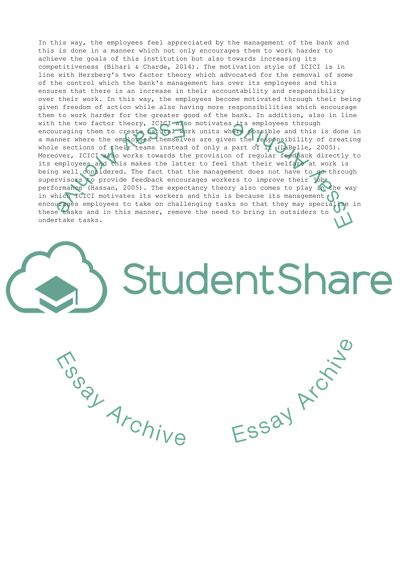Cite this document
(“ICICI Management Essay Example | Topics and Well Written Essays - 1250 words”, n.d.)
Retrieved from https://studentshare.org/business/1647702-icici-management
Retrieved from https://studentshare.org/business/1647702-icici-management
(ICICI Management Essay Example | Topics and Well Written Essays - 1250 Words)
https://studentshare.org/business/1647702-icici-management.
https://studentshare.org/business/1647702-icici-management.
“ICICI Management Essay Example | Topics and Well Written Essays - 1250 Words”, n.d. https://studentshare.org/business/1647702-icici-management.


